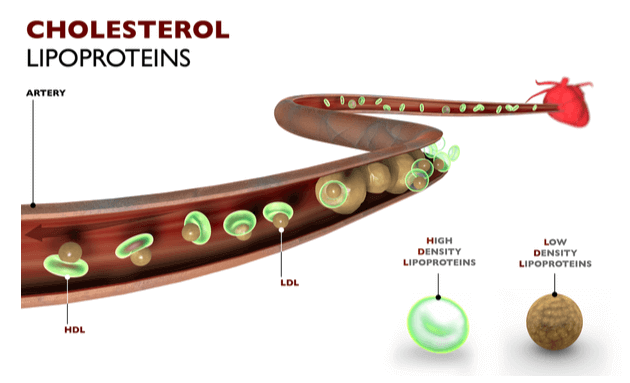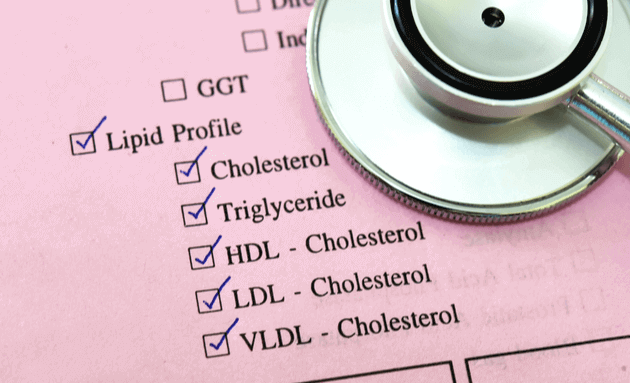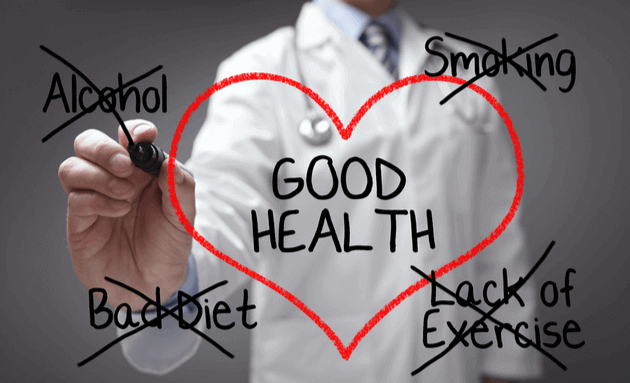Understanding The Difference Between Good And Bad Cholesterol

Not All Cholesterol Is Bad
We cannot survive without cholesterol in our bodies because it performs some key functions. It is a waxy, fat-like substance found in all the cells in the body and essential to the body's functioning. Cholesterol helps make certain hormones, it allows for natural production of Vitamin D and it helps make up bile acids without which digestion would not be possible. It is also important to the formation of cell walls.
It gets a bad name because too much cholesterol may lead to a buildup of plaque known as atherosclerosis. This can increase the risk of blood clots, increasing your risk of a stroke or heart attack.
You can keep a check on your cholesterol levels by a simple blood test called the Lipid Profile. This test will reveal Total Cholesterol, the Good Cholesterol and the Bad Cholesterol.
What Is Good Cholesterol?
The High-density lipoproteins (HDL) is the good cholesterol because it transports excess cholesterol to your liver, where it is broken down and excreted from the body. This way, there is no accumulation in the arteries. Higher the HDL number (along with other factors), better your cardiac health

What Is Bad Cholesterol?
Everything else in the Lipid Profile test is Bad cholesterol, when in levels higher than required. This refers to Low-density lipoproteins (LDL), Very-low-density lipoprotein (VLDL) and Triglycerides.
The LDL carries cholesterol to your arteries, where it may collect in the vessel walls and contribute to plaque formation. This can stiffen the arteries and clog the walls of your blood vessels.
VLDL also has a negative effect when in higher levels. The main difference between VLDL and LDL is that they have different percentages of the cholesterol, protein, and triglycerides that make up each lipoprotein. VLDL contains more triglycerides. LDL contains more cholesterol.
Triglycerides are a type of fat (lipid) found in the blood. When you eat, your body converts any calories it doesn't need to use right away into triglycerides. If you regularly eat more calories than you burn, particularly from high-carbohydrate foods, you may have high triglycerides (hypertriglyceridemia).
What Are The Ideal Levels Of Cholesterol?

Your Lipid profile will indicate the levels of cholesterol but they are not absolute. You need to interpret them in the context of some others factors like Gender (men usually have higher levels), Age (older you are, higher the levels), Body mass (Obese people are more prone to higher levels), Genetics (family history makes you more prone) and Lifestyle (consumption of Smoking, Alcohol and Junk food is very damaging).
| Adults | Children | |
| Total Cholesterol | Less than 200 | Less than 170 |
| HDL | 60 or higher | 45 or higher |
| LDL | Less than 100 | Less than 110 |
| VLDL | Less than 30 | Less than 30 |
| Triglycerides | Less than 149 | 75 to 99 |
* All values in milligram / deciliter
Managing Your Cholesterol

Cholesterol can be easily managed by making a change to two things - Diet and Lifestyle.
If your lifestyle includes smoking, drinking and getting little physical exercise, you are at high risk of getting Bad Cholesterol. Ditch the tobacco immediately, cut down your alcohol consumption and exercise 4 to 5 times a week, for at least 30 minutes.
Diet is easily manageable. Cut out junk foods, processed foods, trans fats and foods high in sugar or salt. Instead eat fresh produce of fruits and vegetables, dry fruits and drink lots of water. Add foods rich in Omega-3 fatty acids to increase your HDL levels like flax seeds, salmon, sardines and tuna.






